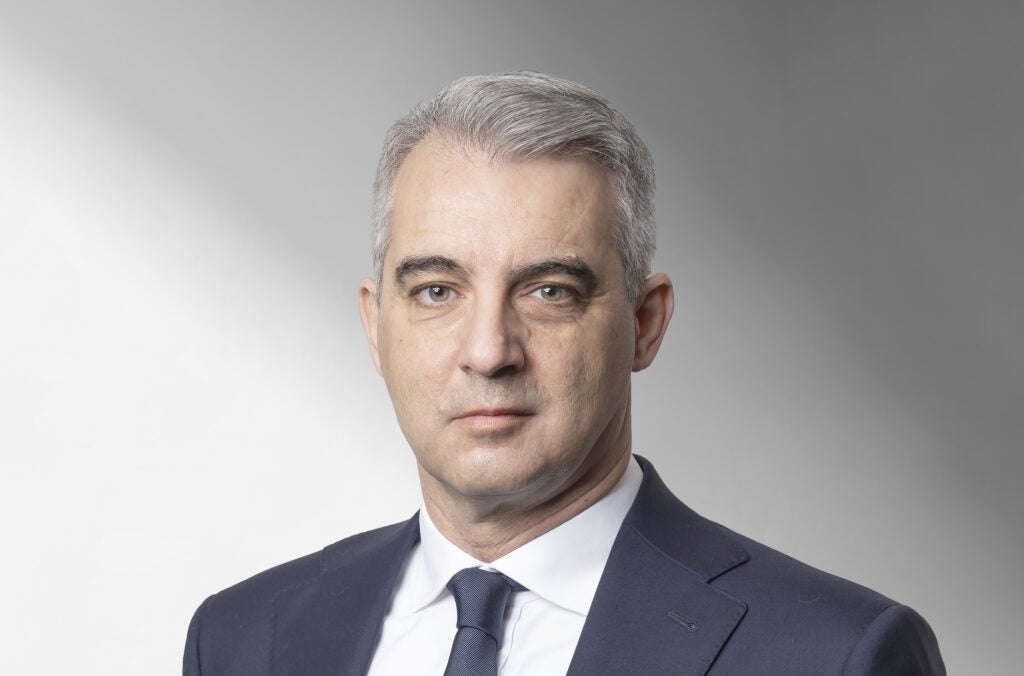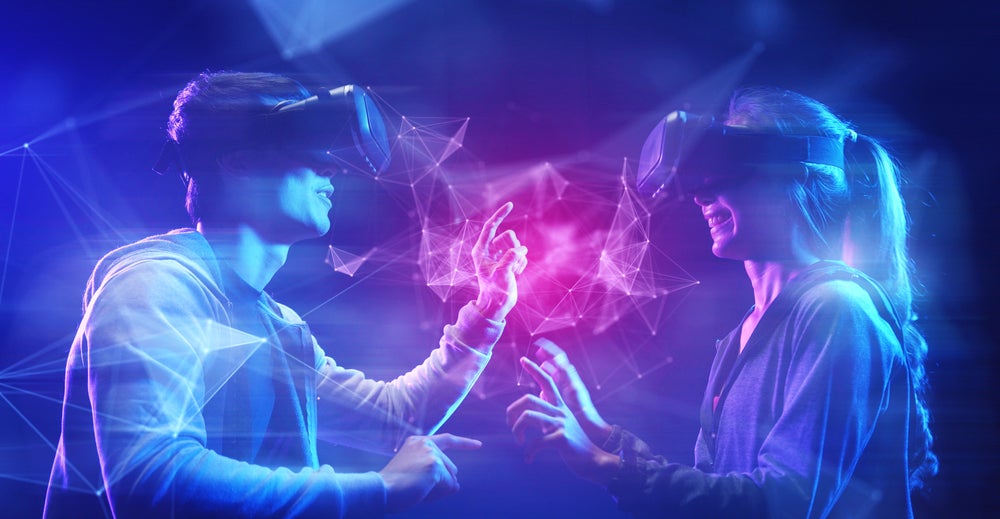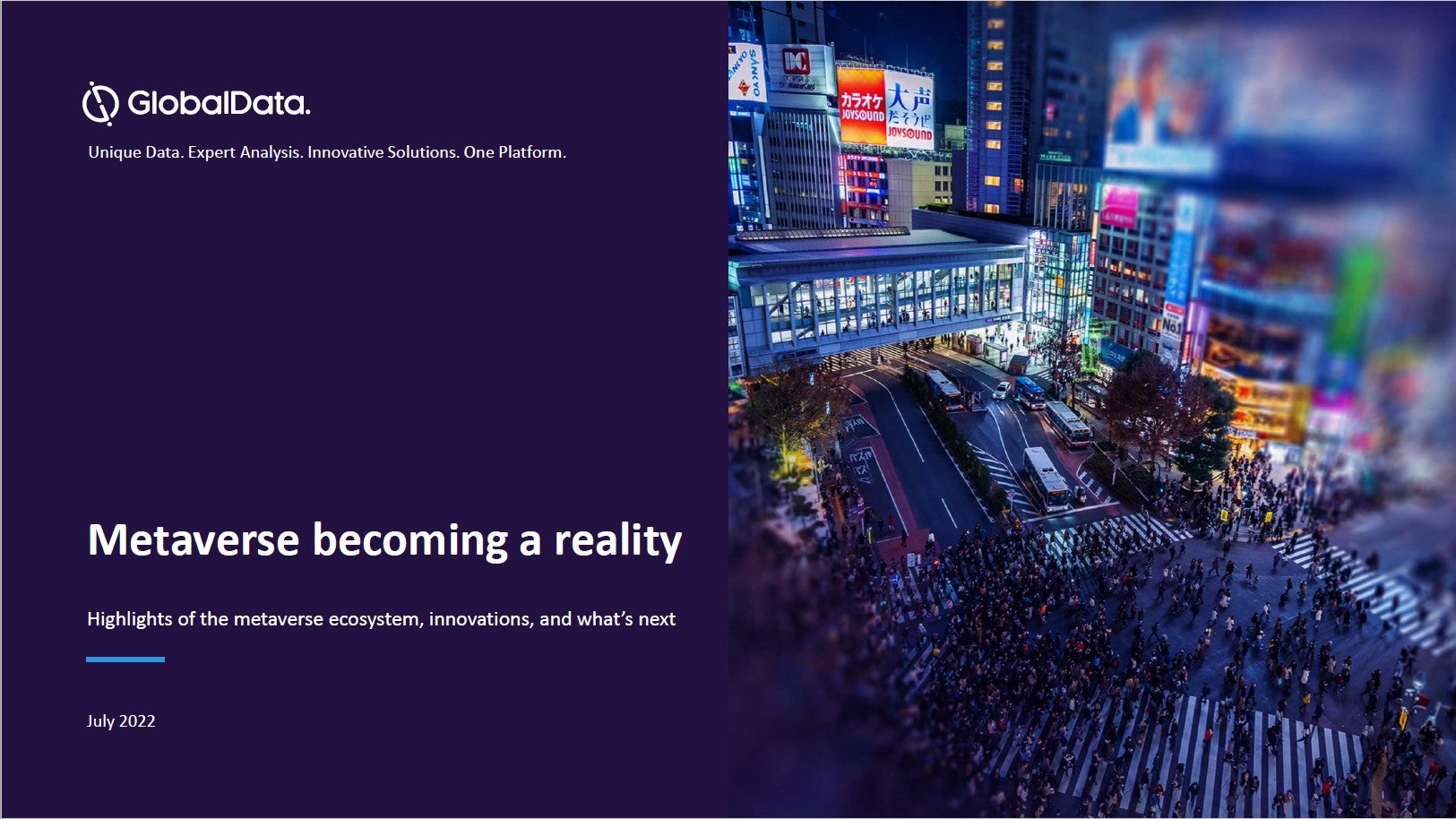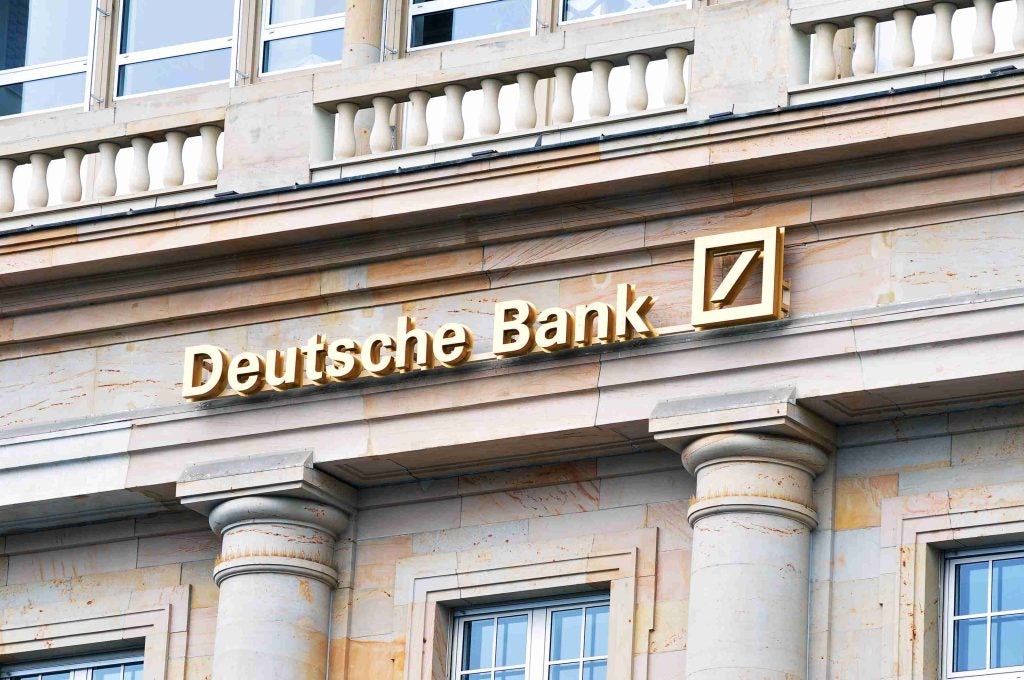Metaverse: Shaping the Future of Banking
Interest in the Metaverse accelerated during the Coronavirus pandemic due to the time spent at home during lockdowns and the consequent need for proximity and interaction between physically distant individuals. Gianluca Gerosa, head of asset management, REYL Intesa Sanpaolo, writes
The impulse to create Metaverses started in the video games sector, which boasts two billion users worldwide and constantly growing revenues.
The acceleration of digital, in particular the progress of blockchain technology, which also forms the basis of cryptocurrencies, has encouraged gaming programmers to create increasingly complex gaming platforms, the embryo of future Metaverses. Millions of people participate and interact on these platforms and can create unique avatars of themselves to play, socialise, explore and make purchases as well as payments.
During the pandemic it was natural to imagine transferring these possibilities of social connection to other areas of daily life, creating open virtual worlds in which users can operate as they do in the physical world.
According to research by Bloomberg Intelligence, the global Metaverse market could exceed a trillion dollars in the next three years, and the sizeable investments of big tech will work as a multiplier.
Microsoft, for example, could integrate its Metaverse, Vortex, into the Teams platform with a feature called Mash to allow users to join meetings using their avatar.
How well do you really know your competitors?
Access the most comprehensive Company Profiles on the market, powered by GlobalData. Save hours of research. Gain competitive edge.

Thank you!
Your download email will arrive shortly
Not ready to buy yet? Download a free sample
We are confident about the unique quality of our Company Profiles. However, we want you to make the most beneficial decision for your business, so we offer a free sample that you can download by submitting the below form
By GlobalDataRevolution and challenges for banks
Considering that for generations Y and Z, born between 1980 and 2005, it is quite natural that it will be possible to shop anywhere, transfer their digital identity to any platform and participate in any meeting through the Metaverse, what are the challenges and the opportunities for the banking sector in the near future to defend its market share and attract this target clientele?
For banks too, success will depend on the ability to guarantee a digital client experience capable of anticipating and satisfying the expectations of future clients.
Banks that adopt the Metaverse will be able to improve the customer experience through virtual reality or augmented reality, through which they can provide targeted advice and training in virtual lounges so as to retain customers and minimise the risks associated with generational changes, educating new generations of customers on good investment habits.
For most commercial banks, the entry point will be the integration of cryptocurrencies and, when available, CBDC (Central Bank Digital Currency) among the financial services offered because most Metaverse platforms already encourage the use of cryptocurrencies, non-fungible tokens (NFTs) and other digital assets, which may soon become the Metaverse’s primary form of value exchange.
Until then, it will be crucial for banks to facilitate the conversion of traditional currencies into cryptocurrencies and prepare to finance transactions in the Metaverse through loans, such as loans dedicated to the purchase of virtual plots of land on Decentraland, the Metaverse powered by the Ethereum blockchain.
In the investment arena, NFTs linked to digital works of art have reached staggering prices and, in the future, NFTs could become an asset class within wealth management or the subject of investment of mutual funds to be offered to the most digitally fluent clientele.
To ensure the security of transactions between users and, in general, the reliability of the Metaverse, protecting it from fraud and crime, it will be necessary to create shared standards of rules on data governance, digital identity, transaction tracking and anti-money laundering, as well as defining the authorities responsible for monitoring.
Although the rules and potential scenarios are still in the making, it is now clear that even the banking world cannot fail to consider the Metaverse in defining its strategy. The Metaverse, in addition to being relevant for attracting new generations of clients, could provide “sustainable” growth opportunities that the real world, limited by the availability of offline resources and priorities linked to climate change, can no longer afford.











Related Company Profiles
Microsoft Corp